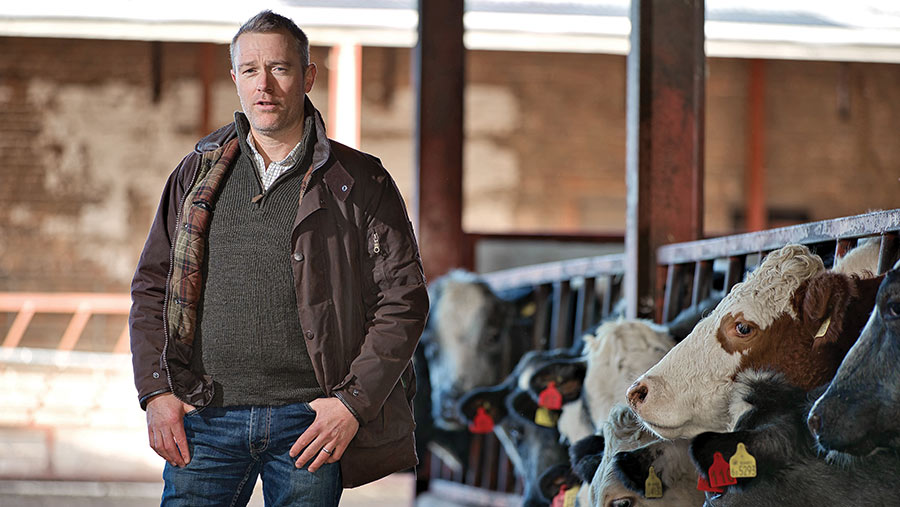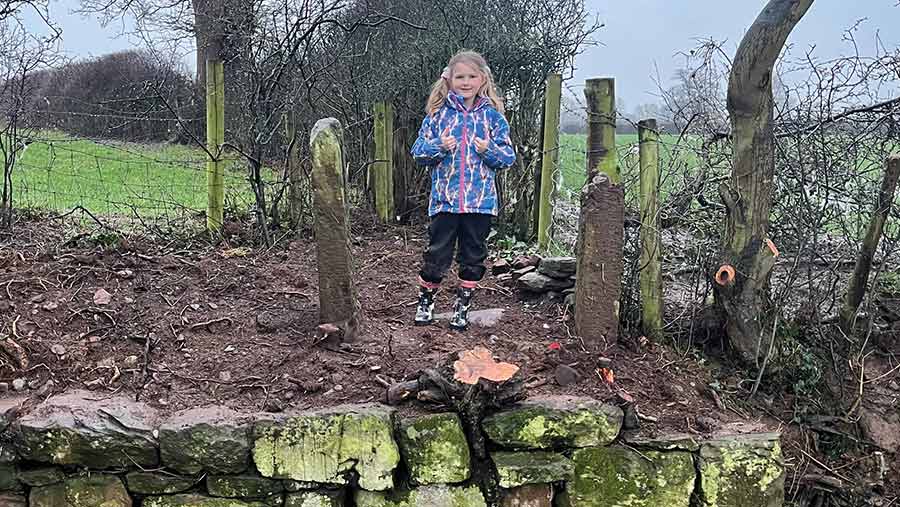Will’s World: Restoration begins on bridge to the past
 © Richard Stanton
© Richard Stanton In a hidden corner of our farm, there are the remnants of what was once a bridge over a brook.
I don’t know how old it is, or who built it, and I don’t know when it first fell into disrepair either.
But I do know that I’ve always wanted to restore it to its former glory, and I’ve finally got round to making a start.
See also: How to restore ‘forgotten’ farm ponds for wildlife
The brook runs down the boundary of a field known as Watery Lane, where once an ancient trackway existed.
According to local legend it dated back to Roman times, and the fact that over the years we’ve found various coins and other artefacts from their 350-year occupation of Britain would suggest this could well be true.
Medieval bounty
There were also two footpaths that used to cross the field. One of them leads to the bridge, over which people would have journeyed for hundreds of years.
A few years ago, a friend with a metal detector found a medieval silver brooch with a sword motif there – treasure that now resides in the local museum.
You all know by now that I’m a tragic history nerd of the highest order, so you can imagine the thrill I felt when I held it in my hand, trying to imagine who’d pinned it to their cloak all those centuries before, and how they’d have cursed when they realised it had gone.
Perhaps they were a warrior, or a hunter. Or just a farmer, like me.
I wonder how many of us with multi-generational connections to our farms hold onto these whispers of local knowledge, and how much of it has been lost in recent years as dwindling numbers of us are here to work the land and retell these precious tales.
When my father was a boy, an old lady living in a cottage at the end of our lane told him some of Cromwell’s soldiers were buried in a neighbouring field, casualties of some long-forgotten Civil War skirmish.
I don’t know if they’re there or not, but troops did burn the village and smash up the church on the way through here in 1643, so perhaps the local Royalists caught up with them afterwards and administered some rough justice.
Entirely possible, I suppose, in those tumultuous times.
Anyway, enough ramblings about the past. This isn’t Historians Weekly, after all. Back to the bridge reconstruction itself.
It was so overgrown with hawthorn and ivy that you could barely see it, so I called for volunteers from among my numerous daughters to give me a hand.
Naming conventions
Only one intrepid soul stepped forth that day – the youngest, at eight years old.
What she doesn’t realise yet is that because of her willingness to help, and her following efforts in doing so, the finished bridge will be named after her.

Daughter number four expresses her approval of the work restoring an old bridge © Will Evans
We hacked it all back and dragged it aside, me on the chainsaw and my trusty companion moving the branches as best she could.
After a day’s strenuous efforts, we were left with a pile of logs, a mountain of brushwood to burn, and the beginnings of something special.
For the first time in decades, we can properly see the blockwork that makes up the sides, as well as the two beautiful red sandstone posts that would have been part of a stile on the far bank.
The next phase will be rebuilding the nearside wall, which has mostly collapsed, before we construct the bridge itself.
Then, every time I cross it will make me happy – and that’s no small thing.

